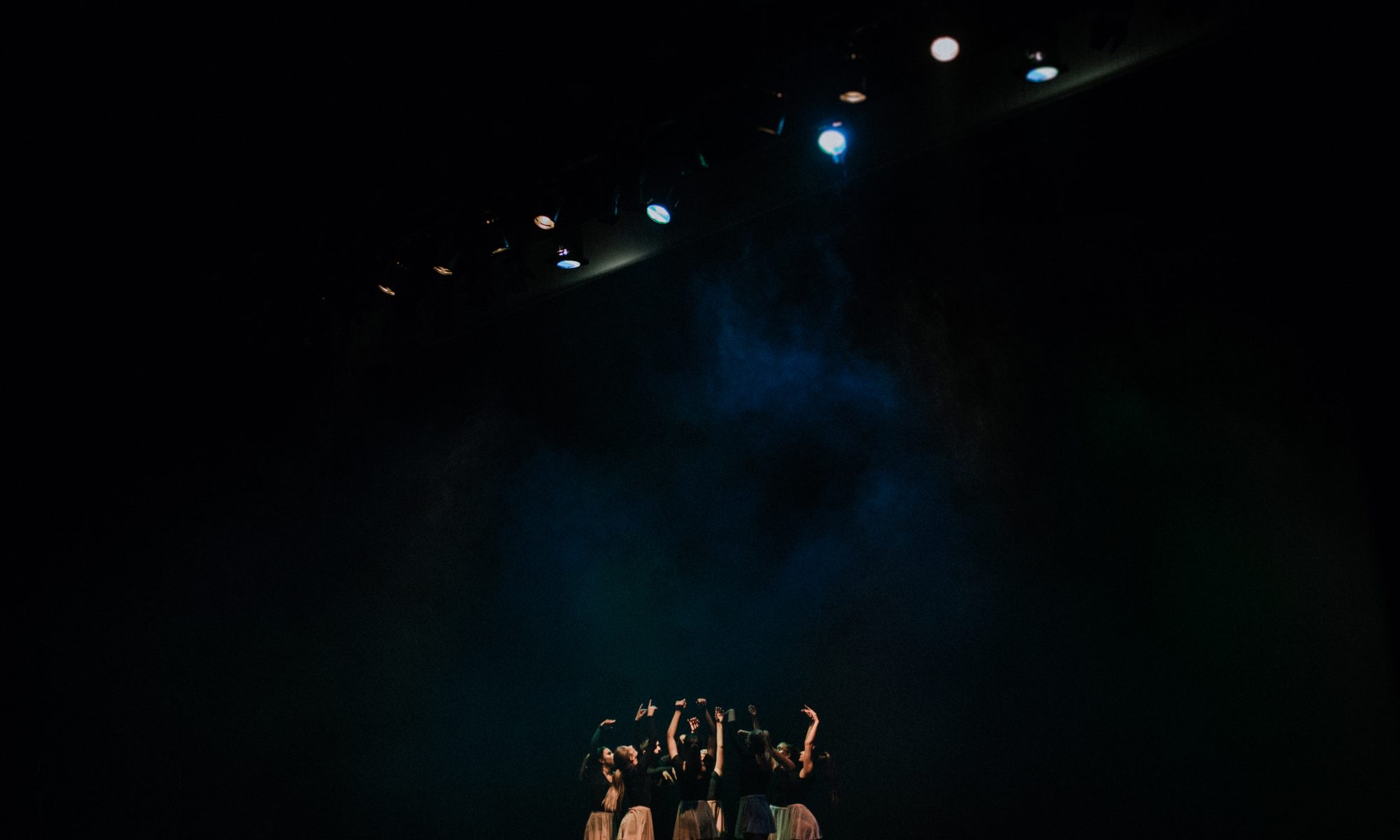I started pole dancing after I saw a live event in New York City. The women mystified me with their grace and strength, and I wanted to learn how to move like them. After my first class, however, I found that pole dancing was hard—every muscle in my body ached for days.
After much practice and training, I’m now proud to say I’m a professional pole dancer and aerialist. But it wasn’t easy. Here are 11 things people might not know about this fitness form.
1. Most pole dancers, regardless of age, are in the best shape of their lives.
Pole dancing is a full-body workout. It is resistance training and cardio in one, and flexibility is improved as well. Pole dancers perform acrobatic tricks either suspending their weight or propelling it around a metal pole. The simple act of climbing a pole is an incredible display of strength. It is no surprise, then, that most pole dancers insist they have never looked or felt better.
Natasha Wang, a world champion pole dancer, didn’t even start the exercise until age 29. Greta Pontarelli is a champion pole dancer at age 63—and she only began a few years ago!
2. There are many different types of pole dancing.
When most people think of “pole dancing,” they tend to think of the kind performed in strip clubs. While this type of pole dancing is still very present, there are actually three main branches of pole dancing: sport, art, and sexy:
- In sport, you have the serious athletes performing difficult tricks and displaying unfathomable muscular strength. (Some have even petitioned for pole to become an Olympic event!)
- Then there are also those who embrace the artistic side pole has to offer. The simplicity of a vertical apparatus like the pole is appealing in that there is no shortage of creativity—so many stories can be told. Many pole dancers perform barefoot and have been known to incorporate modern dance, props and costumes into their routines.
- Finally the sexy side of pole is still practiced by many. These dancers usually wear heels, although it is not required.
Although there is some debate within the community about which direction pole is heading, all three forms flourish, and many pole dancers enjoy all styles. There is something for everyone!
3. You need your skin exposed to grip the pole.
I am still surprised that many people don’t understand this concept. In order for skin to grip the pole, pole dancers must have their legs, arms and stomach exposed. There are some grounded spins, poses, and floor work that can be performed while wearing pants, but in order to perform more advanced moves, we must have the proper amount of skin exposure.
Most pole dancers actually shift their focus away from what their bodies look like and onto what they can accomplish—a freeing notion, really, that can help build confidence.
4. It can be dangerous without proper training.
Although pole dancing is fun, it is a serious athletic endeavor that should not be taken lightly. Some people do not realize how challenging pole can be on a first attempt (re: every muscle in my body ached for days). In addition to bruises, pole dancers can experience shoulder or back pain with improper technique or overtraining.
That said, you should always learn from from a certified instructor, rather than trying to figure it out with an improperly installed home pole and instructional video. If you’re too eager to flip upside down, it can be especially dangerous and can lead to injury.
That said, I encourage everyone interested in pole dancing to go through gradually progressive training with a professional.
5. Men can (and do!) pole dance.
The number of men pole dancing continues to grow every year. There are men’s divisions in competitions now, and I usually have at least one man in all the classes I take or teach.
Contrary to what many people might think, men’s natural inclination toward upper body strength makes them ideal candidates for the sport. There are many ancient forms of pole dancing such as Mallakhamb, a traditional Indian sport where the practitioner performs yoga postures on a wooden pole—and has been performed exclusively by men throughout history.
6. “Not having upper body strength” is not an excuse to avoid it.
I understand that you may be nervous to try pole dancing. Maybe you aren’t at your ideal weight, or you think you have no rhythm, or you think you’re too old. But I encourage you to stop creating roadblocks for yourself! You’ll build skills as you grow and learn—that is part of what’s so inspiring and empowering about pole.
Whether you’re uncoordinated and can’t lift your own body weight or you’re an athlete with gymnastic capabilities, there is always a new trick or transition to learn with pole dancing. The process of growth never ends, and the possibilities can be as creative as your imagination allows them to be.
7. It’s not always so sexy.
Don’t get me wrong, pole dancing can be very sexy. But it is not always as overtly sexual as people may believe. Many of us end up with bruises, burns, and scrapes from trying new moves. And although we may wear sports bras and tiny shorts when performing, most dancers opt for comfort over fashion in between training sessions.
8. The community is very tight-knit.
Because what we do is still considered taboo by many, there is a unique closeness that bonds us together. There are pole dancers of all professions, ethnicities, religions, cultures, sizes, and ages. I have friends all over the world because of pole dancing, and I have friends who have been able to travel the world because of it.
We support each other through learning new moves. We share each other’s videos, and we watch each other perform. This shared interest bonds us with a special understanding, just like any other team sport.
9. Pole dancing can be emotionally healing.
This is one of the biggest reasons I’ve stuck with pole dancing as long as I have. The physical benefits are great, but the feeling you get from mastering a move or expressing a particular emotion is indescribable. For example, when I assisted a student in her first climb, the expression of joy on her face reminded me why I do what I do.
You can dance out any emotion in class, whether joyful, angry, or sad. The combination of athletic skill and artistic influence makes it unique to any other form of dance or sport. To me, it is both dance and sport woven together into one beautiful, athletic art form.
Irmingard Mayer in
https://www.mindbodygreen.com/






